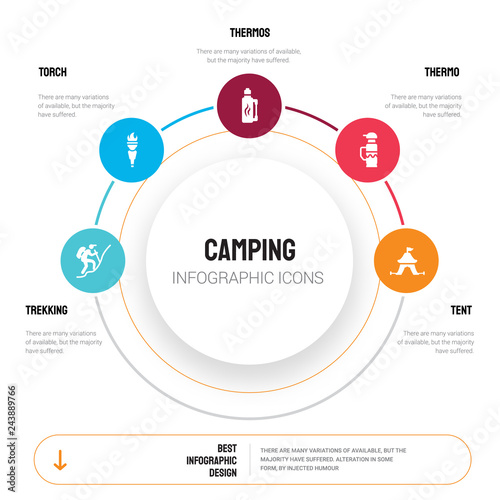Polyester material locates a diverse range of applications across the garment industry. Whether you're an artist trying to find a secure paint surface area or a manufacturer seeking strong ornamental materials, polyester canvas uses the appropriate equilibrium of toughness, adaptability and eco-friendly qualities.
However, some individuals prefer cotton for its breathability and gentleness. Garment decorators may intend to think about a 50/50 Cotton/Polyester mix for projects that need both durability and convenience.
Cost
Cotton canvas is much more pricey than polyester because of its resource-intensive farming process. It likewise calls for careful handling and storage space to maintain its high quality with time. These added costs can increase the overall expense of manufacturing for artists and makers.
An additional drawback to cotton canvas is its vulnerability to fading and damages from UV exposure. This can result in lowered color vibrancy in time and a loss of architectural integrity, particularly in locations that experience constant contact or heavy load-bearing.
In contrast, polyester is an artificial fiber that's engineered for consistency and toughness. This makes it a more affordable option for suppliers and buyers, particularly in areas where long life is a leading priority. The material's stamina likewise supplies improved resistance to wrinkles and breaking gradually. The artificial nature of polyester, however, can leave a larger environmental footprint than cotton canvas if it's not sourced from natural or low-impact systems. This is a vital factor to consider for organizations striving for sustainability and eco-conscious branding.
Sturdiness
Out there for canvas rolls, customers face a wide variety of choices with contending concerns. Cotton uses all-natural appearance and breathability, perfect for brands focused on sustainability and artisan craftsmanship. Polyester, on the other hand, delivers a balanced combination of stamina and stability and printing performance with color vibrancy and sturdiness.
Eventually, the textile you pick for your items have to mirror the assisting concepts of your brand name tale and worths. handbag While cotton can supply a costs visual, it's likewise susceptible to shrinking and upkeep expenses, while polyester allows much better production effectiveness and long-lasting expense effectiveness.
Both fabrics are durable and carry out well in moist environments, but their contrasting top qualities make them ideal for various applications. Cotton canvas is extra breathable, lowering the threat of mold and mildew and mildew in areas with high humidity. Polyester, on the other hand, is water-resistant and dries out promptly in settings where dampness can be bothersome. This can reduce the danger of wetness accumulation in the material, stopping warping or rot in your product over time.
Comfort
When evaluating textile alternatives for your brand name-- whether you're starting a workwear line or a comfortable loungewear brand-- the type of cotton or polyester canvas you pick influences just how your products look, feel, and wear. While all canvas types support print-on-demand and offer high form security, they vary in color discussion and printing longevity, convenience, and sustainability.
Cotton and cotton-polyester blends provide a soft texture, all-natural organic look, and exceptional warmth equilibrium contrasted to synthetic alternatives. Cotton's fibers wick dampness away from the skin and allow warmth to get away, making it optimal for clothes that calls for long term wear in warm environments.
On the other hand, polyester's artificial nature and petroleum-based manufacturing process have an adverse energy balance, which can make it much less environment-friendly than cotton in the long run. Polyester's abrasion resistance and water-repellency are excellent, nevertheless, which makes it the ideal selection for heavy lots or extreme weather conditions like rainstorms or marine setups.
Environmental Influence
Whether selecting cotton or polyester, the ideal product for customized manufacturing depends upon product efficiency goals. Toughness, toughness, and longevity are very important elements when designing items that will withstand repetitive abrasion, hefty load-bearing, or high stress factors. Water resistance, seam honesty, and UV stability are additionally vital to lasting success in outside and wet atmospheres.
While both fabrics can do well in these areas, their environmental influence is somewhat various. Cotton's natural, breathable building and construction requires dramatically much more sources for growing than polyester's artificial fibers.
When choosing an ecologically sustainable material, take into consideration a large range of influence analysis methods to determine the complete environmental impact of your item. Some concentrate on specific effects (like international warming capacity, water use, and deficiency) while others depend on more alternative assessments like Dish, ILCD, CML, and Eco-indicator 99.
